Principal Investigator
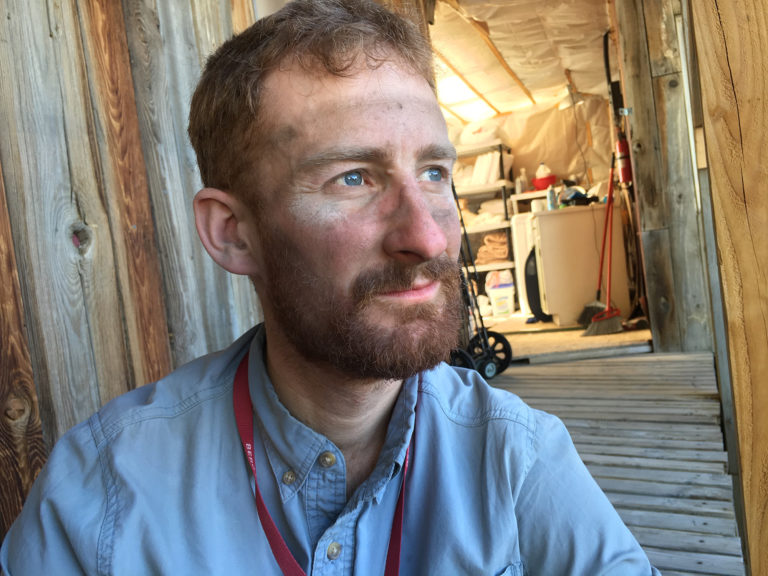
Dr. Theodore (Teddy) Them
Dr. Them is a geologist who is interested in reconstructing environmental change across multiple timescales and geologic events throughout Earth’s history. He focuses much of his attention on ancient intervals associated with global environmental deterioration and mass extinction, but is also interested in modern environments. He currently serves on the editorial board of Geology as well as a review editor for Frontiers in Earth Science and Frontiers in Ecology and Evolution.
Email: themtr at charleston dot edu
Students
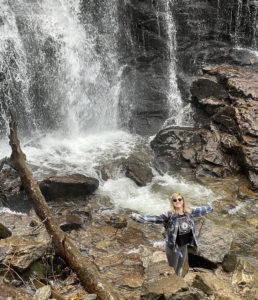
Emily McKenzie (M.S. student, ’24)
Emily is graduate student in the MES program. Her thesis research entails the accumulation of mercury in modern gar and its application to the geologic record. Collaborators include researchers at the Smithsonian Institution, Florida Museum of Natural History, and Chinese Academy of Sciences.
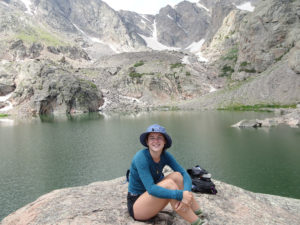
Rachel Webster (’25)
Rachel is a junior Geology major who will be working on several research projects during her tenure at CofC. Her first summer project is focused on analyzing mercury concentrations from marine and terrestrial PETM deposits from North America, and then she will finish the summer by measuring mercury concentrations in Upper Triassic to Lower Jurassic samples from Alaska. Rachel will spend the next academic year generating mercury concentrations from Upper Cretaceous to lower Paleogene terrestrial paleosols from North America as part of a larger NSF-sponsored project.
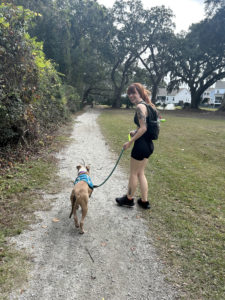
Emma Kubitschek (’25)
Emma is a junior Geology major who is working on a project involving how contact metamorphism may affect mercury concentrations in sediments.
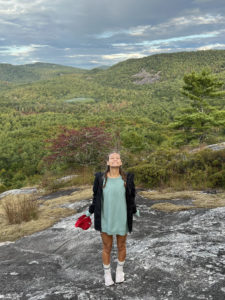
Kami Beats (’26)
Kami is a sophomore Geology major who is working on the NSF-sponsored project focused on the end-Cretaceous mass extinction. She will be working with Rachel on the Upper Cretaceous to lower Paleogene terrestrial paleosols for mercury concentrations and isotopes as well as preparing the samples for bulk carbon-isotopic analysis and TOC concentrations.
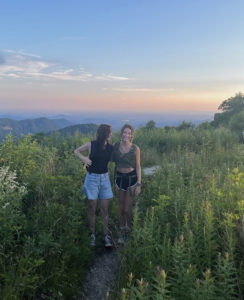
Annie Nowak (’27)
Annie is a freshman Chemistry major and Geology minor who is working on the NSF-sponsored project focused on the end-Cretaceous mass extinction. She will be helping Kami and Rachel processing sediment samples for multiple types of geochemical analysis. She is also working on a project involving the Hg geochemistry of corals.
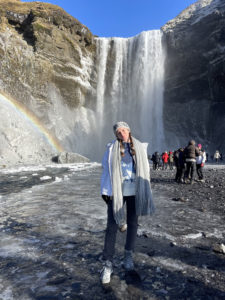
Rebecca Wood (’25)
Rebecca is a junior Environmental Geosciences major who is working on a project measuring mercury concentrations in salt marsh environments around Charleston.

Mia Bowersox (’25)
Mia is a junior Geology major who is working on a project measuring iridium concentrations from Cretaceous-Paleogene paleosols from the North American Interior.
VISITING STUDENTS
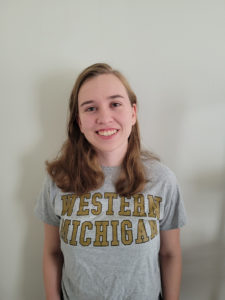
Sara Hayes (M.S., ’21, Western Michigan University)
Sara, a former graduate student from WMU under the supervision of Dr. Stephen Kaczmarek, generated a large mercury concentration dataset from the Niagara and Salina groups of the Michigan Basin in the spring 2021 semester. The Silurian experienced several carbon isotope excursions and extinctions, but the underlying driver(s) of environmental change are still not well understood. Sara’s research attempted to constrain what controlled Hg deposition during a few intervals of the Silurian, and determined whether evaporitic basins represent archives of atmospheric Hg deposition. Her thesis research is being prepared for publication.
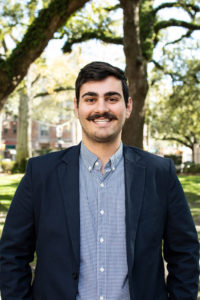
Charles Taibi (’22, College of Charleston)
Charles spent his summer working on an REU project in the Department of Biology at CofC. Part of his research included measuring Hg concentrations of the nearby “pluff mud” sediments. These Hg concentration measurements will be integrated with many other lines of geochemical and sedimentological evidence to understand local biogeochemical processes. Charles is currently a doctoral student at Texas A&M University.
Alumni
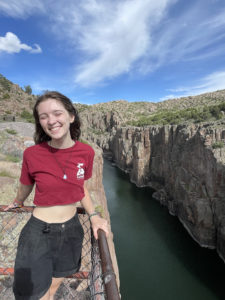
Skylar Pope (’23)
Skylar graduated in 2023. She was a dual Geology and Archaeology major who was awarded a MAYS grant to conduct research during the spring 2023 semester. She collected soil samples from across South Carolina to determine the spatial variability of mercury concentrations across the state. She also worked on a project focused on the variability of mercury concentrations in rice from the United States as well as if different rinsing techniques can reduce the amount of mercury that is ingested from consuming rice.

Roxanne (Roxy) Buck (’22)
Roxy graduated in 2022. Her first project focused on generating high-resolution Hg concentration data from a North American Pleistocene lacustrine environment on glacial-interglacial timescales. She also worked on larger project reconstructing environmental change across the end-Cretaceous mass extinction. Roxy also worked with Dr. Scott Persons to assess the utilization of Hg geochemistry in Cretaceous vertebrates. Roxy conducted field work in the Sierra Nevada Mountains scouting potential Triassic-Jurassic sites in 2020.
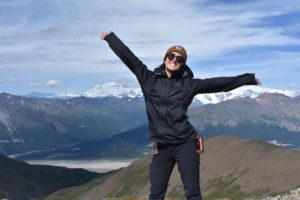
Emily E. Lowe (’22)
Emily graduated in 2022. Emily received a MAYS grant to work on reconstructing the mercury cycle during Late Cretaceous OAE-2 from several study sites. She also had the opportunity to travel to Alaska for field work in July/August of 2022. Emily plans to begin graduate school in 2023.
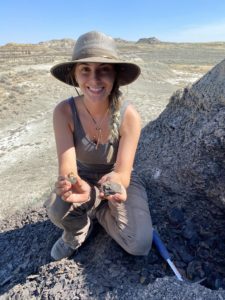
Corinne K. Luksch (’22)
Corinne graduated in 2022. Corinne has worked on reconstructing the drivers of environmental change during the late Archean and Late Devonian. Corinne was a Palmetto Academy Scholar in 2020, and she has received funding from CofC and the Alaska Geological Society, as well as recently being selected for a NASA South Carolina Space Grant Consortium Undergraduate Research Award. Corinne recently conducted field work in the Montana describing and collecting sediments across the Cretaceous/Paleogene boundary and mapping the regional geology using UAV technology.
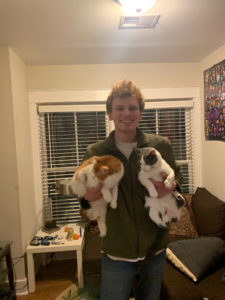
Josh Premak (’22)
Josh graduated in 2022. He has helped to process samples for our project on the end-Cretaceous mass extinction event.

Natalie M. Sorrem (’22)
Natalie graduated in 2022. She is interested in coral reef ecology and oceanic anoxic events. Her senior thesis involved generating Hg concentration data across the Paleocene-Eocene Thermal Maximum from a North American terrestrial transect. Her summer research was funded through a CofC SURF grant, and she has also been awarded a NASA South Carolina Space Grant Consortium Undergraduate Research Award and more recently a Minorities in STEM Award through the same program. Natalie also conducted field work in the Sierra Nevada Mountains scouting potential Triassic-Jurassic sites in 2020. Natalie is planning to enter law school in the future.
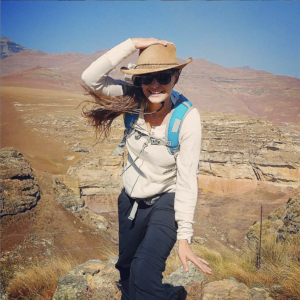
Marisa D. Knight (’21)
Marisa is a founding member of the GAMES Laboratory (joined in the fall of 2018). Her projects have focused on generating Hg concentration data from marine sediments across several Silurian carbon isotope excursions, the Pliensbachian-Toarcian mass extinction, and marine and terrestrial sediments across the end-Cretaceous mass extinction. Her research has been funded through internal grants at CofC, and she was a summer 2020 Palmetto Academy Scholar. Marisa has presented her research at multiple conferences and is a coauthor on a minimum of four manuscripts that are in preparation or have been published. Marisa conducted field work in Montana describing and collecting sediments across the Cretaceous/Paleogene boundary and mapping the regional geology using UAV technology.
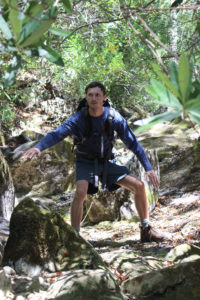
Parker Sherwood (’21)
Parker graduated in 2021. He was a Biology major who joined the lab in 2020. His projects, funded through an internal grant at CofC, were focused on Holocene and modern Hg cycling from marine and lacustrine environments. He generated Hg concentration data from sites in Virginia, Norway, and Macedonia/Albania, and recently conducted field work in the Sierra Nevada Mountains scouting potential Triassic-Jurassic sites in 2020. Parker is currently looking to work in the environmental field before applying to graduate school programs.
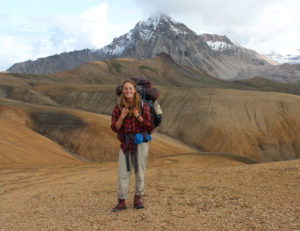
Clara L. Meier (’20)
Clara is a founding member of the GAMES Laboratory (joined in the fall of 2018). Her projects have focused on generating Hg concentration data from modern deep-sea core tops, the Miocene Monterey Formation, and marine and terrestrial sediments across the Paleocene-Eocene Thermal Maximum (the topic of her senior thesis). Her research projects have been funded through internal grants at CofC, and her work has led to multiple federal grant proposals. Clara has presented her research at multiple conferences, and is a coauthor on a minimum of four manuscripts that are in preparation. She had the opportunity to join Dr. Them and his colleagues in Alaska for field work in summer of 2019. Clara currently works for HNTB Corporation in Washington, D.C.
